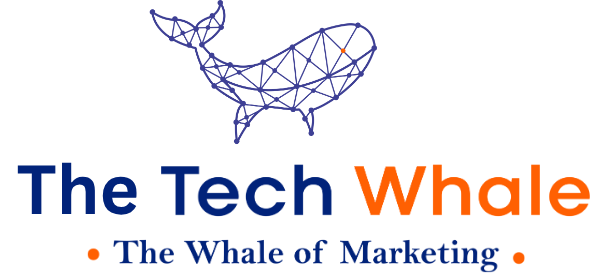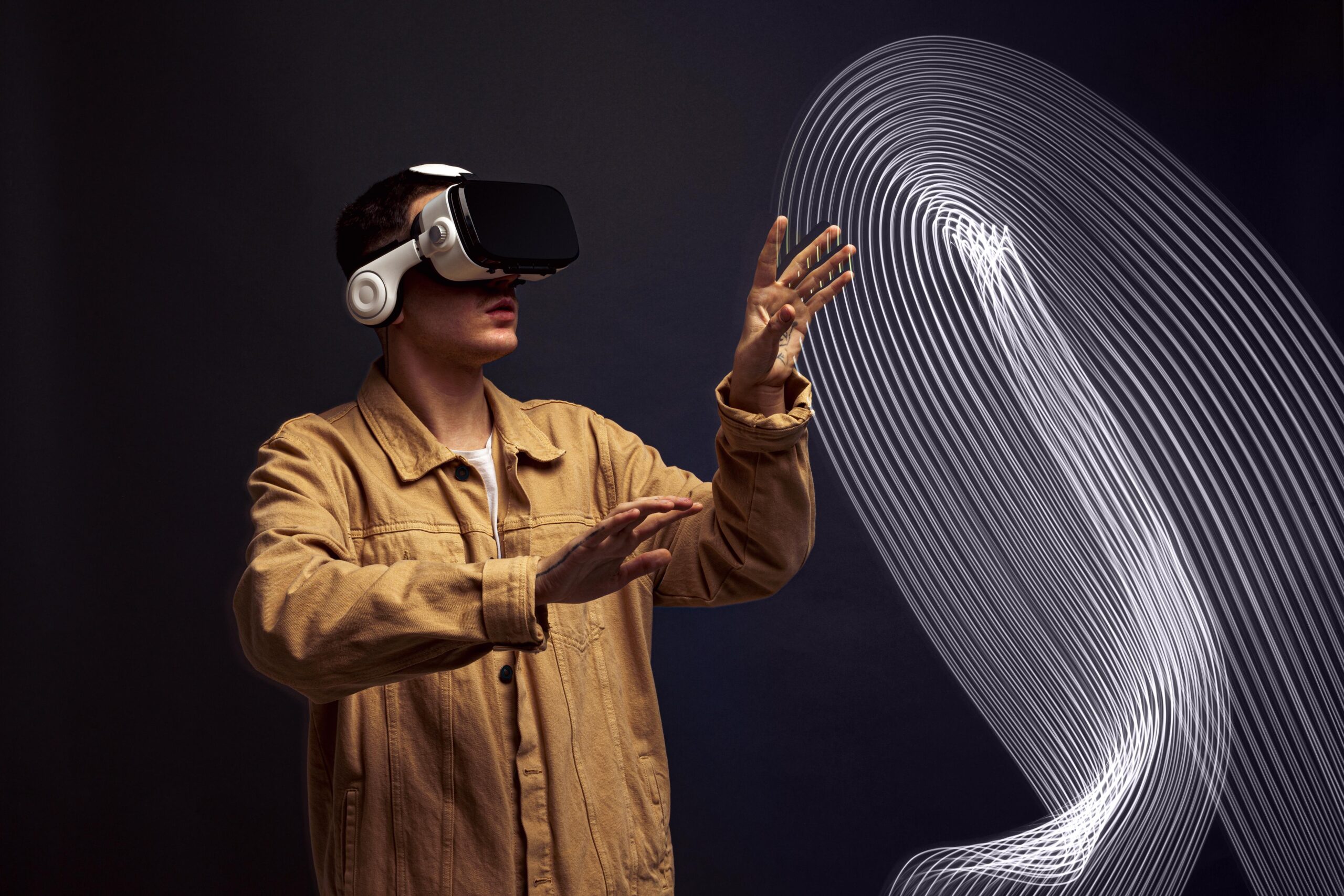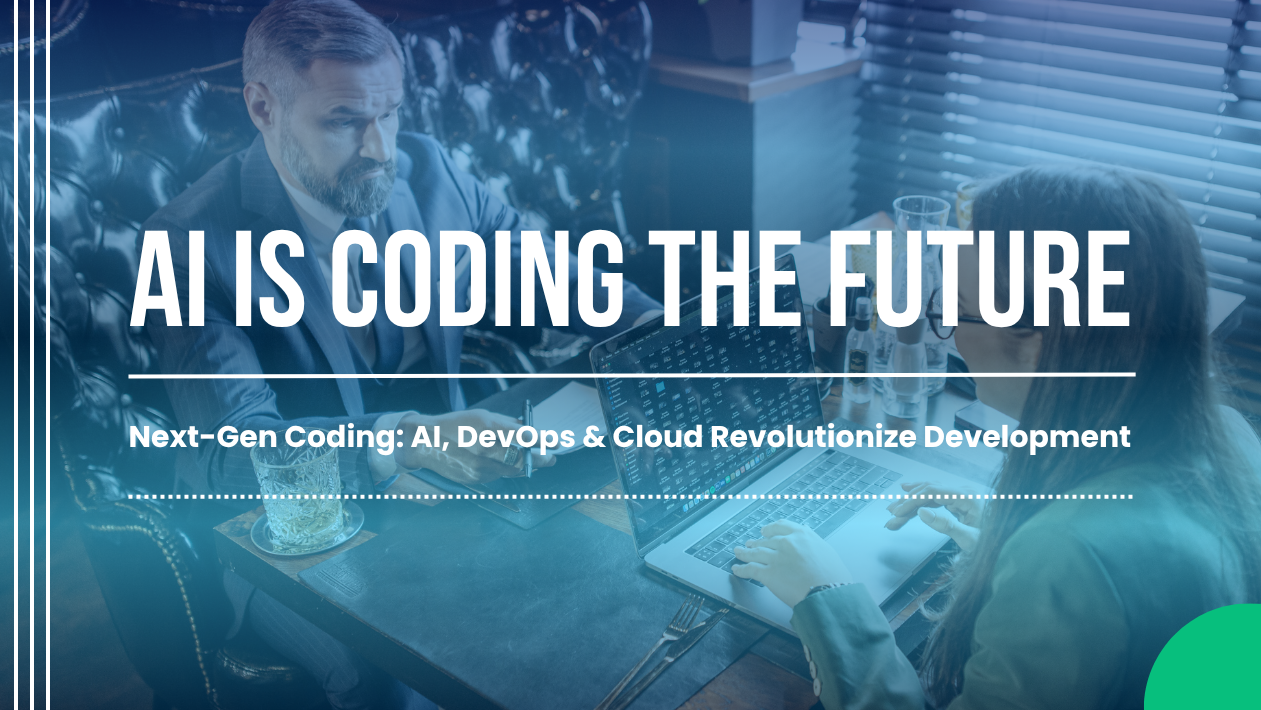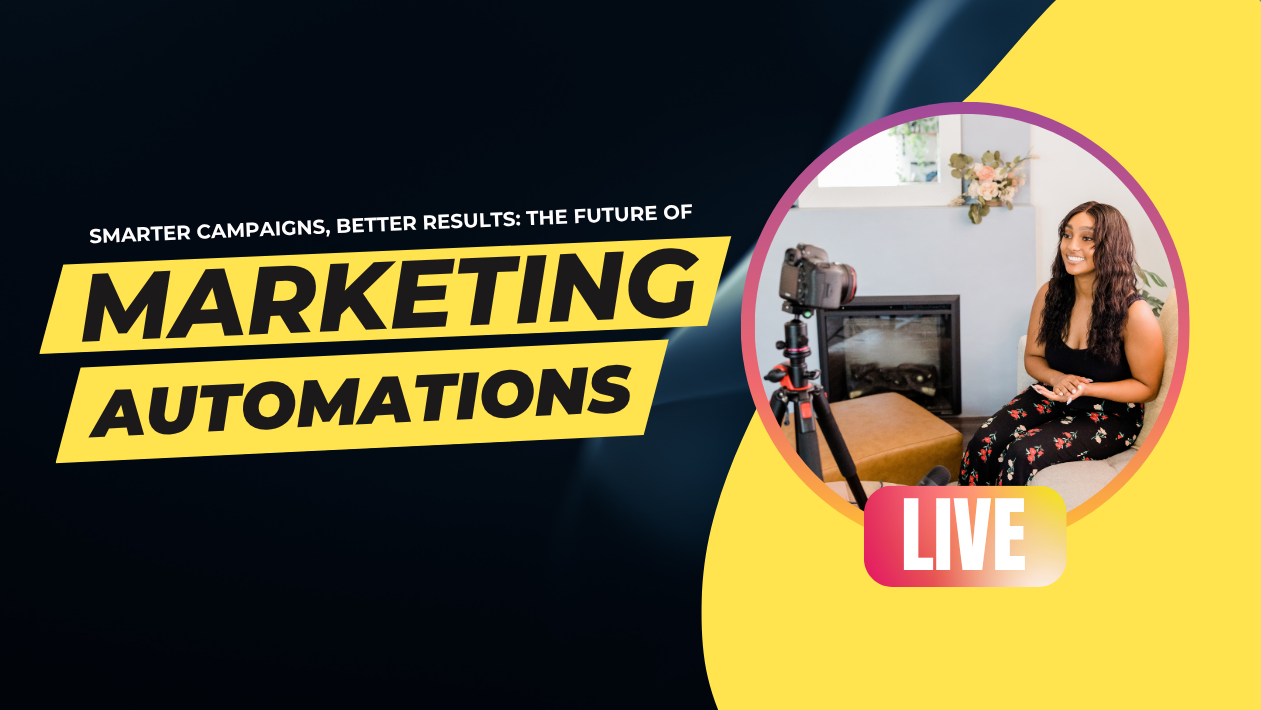The year 2025 marks a transformative phase in the global tech landscape as emerging technologies such as quantum computing, spatial artificial intelligence, biotech, and next-gen connectivity begin to move from labs to real-world applications. Startups, enterprises, and governments are racing to invest in these frontiers to redefine industries, solve complex challenges, and gain competitive advantage.
Quantum Computing Moves Toward Commercial Viability
Long considered experimental, quantum computing is now showing real-world promise. Tech giants like IBM, Google, and Quantinuum have announced breakthroughs in quantum error correction and are offering cloud-based quantum-as-a-service to research institutions and businesses.
Early use cases include pharmaceutical simulations, logistics optimization, and cybersecurity encryption, laying the groundwork for a major shift in computational power.
Spatial AI Powers Smarter Environments
The combination of AI, 3D mapping, and real-time sensor data—known as Spatial AI—is revolutionizing smart cities, autonomous vehicles, and industrial robotics. Companies are deploying AI that not only understands images and language but also navigates physical space intelligently.
Retailers, warehouses, and healthcare providers are adopting spatial AI to optimize layouts, track movement patterns, and enable hands-free machine interactions.
BioTech Breakthroughs Fuel Preventive and Personalized Healthcare
Biotechnology is rapidly advancing with CRISPR 3.0 gene editing, synthetic biology, and AI-guided drug discovery. Startups are delivering personalized treatment plans, while wearables track biomarkers in real time to detect disease before symptoms appear.
The FDA recently approved the first AI-designed vaccine, accelerating the medical research cycle from years to months.
Next-Gen Connectivity: 6G and Satellite Internet Gain Momentum
While 5G continues global rollout, 6G research is gaining traction, with early trials focusing on terahertz communication and AI-driven network self-optimization. Meanwhile, satellite internet from Starlink, OneWeb, and Amazon Kuiper is expanding global connectivity to remote and underserved regions.
This will enable better access to telemedicine, education, and remote work opportunities around the world.
Sustainable Tech Becomes Core to Innovation
As climate pressure intensifies, green innovation is no longer optional. Energy-harvesting devices, low-carbon chips, and modular electronics are becoming mainstream. Major data centers are shifting to hydrogen and geothermal energy to reduce environmental impact.
Circular economy tech is also gaining adoption, with startups offering AI-powered recycling and material reusability platforms.
Looking Ahead: A Decade of Disruption and Reinvention
The convergence of these technologies—quantum, biotech, spatial AI, and sustainable systems—is expected to spark a wave of disruption, reinvention, and opportunity across all sectors. As 2025 unfolds, the organizations that invest early in these frontiers are positioning themselves to lead the next era of digital transformation.





